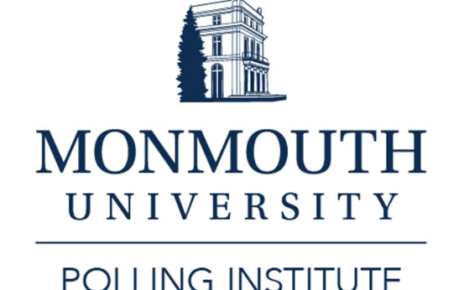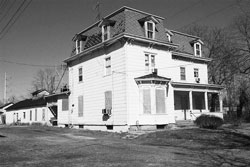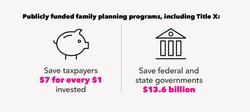A group of four University students placed third last week at the Villanova Real Estate Challenge for the first time in the University’s history.
Anderson Haxton and Jason Miller, seniors, and Lawrence Vecchio and Christoper Cianfarini, juniors, made up the team of students that competed with universities across the nation in a battle to solve a real estate case problem and prepare written and oral presentations.
According to their website, the Villanova Real Estate Challenge is a national real estate development case competition for students from the top undergraduate real estate programs in the United States.
According to Peter Reinhardt, Director of the Kislak Real Estate Institute at the University, the most difficult part of the competition for him was being unaware of the challenge. “I put the team together the last week in March, that’s it, it was entirely the students,” he said.
While they could use outside materials such as the Internet, the students were forbidden the help of faculty assistance during the competition.
Reinhardt mentioned that this was the third year of the competition so he was able to research what it would entail by visiting the website and reading about the competition from the previous years. “I got a rough idea of the challenge itself, but no idea of the challenge’s complexity,” he said.
Villanova chose to make it a requirement that each team come up with a name for themselves so no one knew what college or university they were competing against.
“It was clever of Villanova,” Reinhardt said. “Our team was TerraFirma, it translates in Latin to firm land.”
Christopher Cianfarini, a junior real estate major and member of the University’s third-place team, said that time constraints and unfamiliarity were the two most difficult things during the challenge. It was the shock factor that made him most proud of winning.
“I was ecstatic to know that the 50 hours of work that we put into the project, and classes and tests paid off,” Cianfarini said. “To put Monmouth’s name on the board as firsttime participants was a big deal and it felt good to be a part of that.”
The University’s team chose a solution dealing with Solar Renewable Energy Credits (SREC). The challenge posed dealt with a 100-acre property in northern New Jersey and what the owner wanted for the property. T he students had to keep in mind elements such as investors and money.
TerraFirma was the only one to come up with the idea of incorporating SRECs in their solution. The students t hought outside of the box and were very creative in problem solving, Reinhardt said.
After the presentation of their idea to the panels of judges, Reinhardt said that he was confident. He commented that the judges, of which there were about 20, were tough and asked hard, probing questions.
Cianfarini added that the students grew very close over the material and that the real estate program at the University has prepared students just as well as business and real estate schools in other locations.
Reinhardt said that there is excitement in the future of the students a nd p rogram. He is proud that they were able to demonstrate how hard work pays off, and described his students as good and ethical throughout the challenge.
“We never get to compare to others and this is a great testament to the growth of the University,” Reinhardt said. “This is another example of how Monmouth University is growing in stature as an academic institution.”




